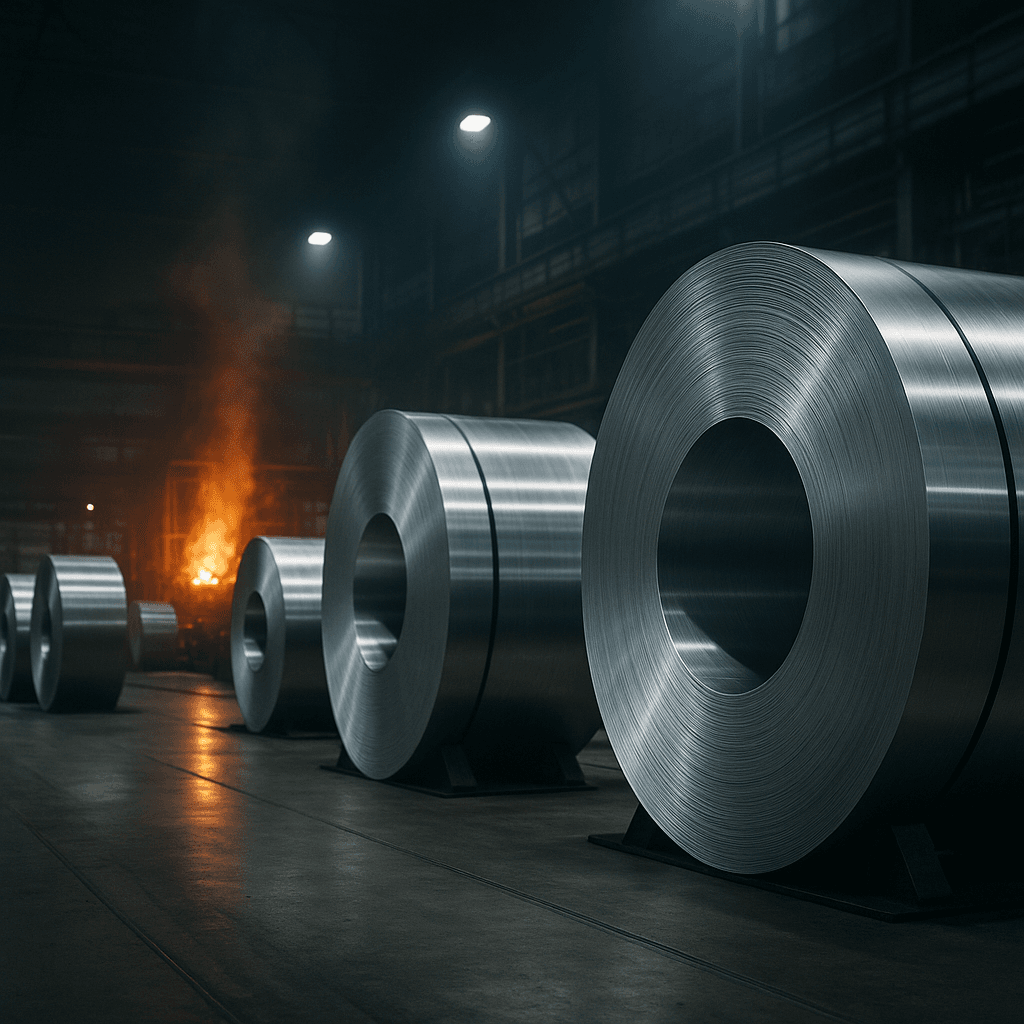The Trump administration's gutting of NIOSH has sparked concern about future mask safety approvals, prompting WIRED to update its comprehensive face mask guide for 2025. The outlet warns that new respirator certifications are now frozen due to the "reduction in force" at the National Institute for Occupational Safety and Health, making it crucial to stock up on verified masks before supply chains face disruption.
WIRED just dropped its most urgent mask guide update yet, and it's not just about flu season anymore. The publication's comprehensive review comes as the Trump administration's recent cuts to NIOSH create uncertainty around future mask certification processes. With the CDC website now declaring that "no new respirator approval applications can be accepted," the timing couldn't be more critical.
The guide reflects a stark reality check about mask procurement strategy. "Now is the time to purchase masks in the same way one would buy a first aid kit or medicine, just in case," writes reviewer Lisa Wood Shapiro. The publication has expanded beyond traditional N95 recommendations to include heavy-duty respiratory protection for wildfire scenarios, acknowledging that burning residential buildings produce dangerous volatile organic compounds.
WIRED's latest testing reveals significant additions to their approved lineup. The 3M Aura 1870+ takes center stage as their "Best N95 for the Next Pandemic," featuring FDA-cleared surgical mask status and 160 mmHg fluid resistance - enough to withstand "a torn artery spouting blood," according to their analysis. The guide also spotlights the IQAir KN95/FFP2 at $60 for 10 masks, positioning it as the premium option for serious protection.
But the real eye-opener is their expanded PPE section. WIRED now recommends the 3M Rugged Comfort Quick Latch Half Facepiece for post-wildfire scenarios, a P100 Multi Gas Respirator that filters both particulates and toxic vapors. "This past year brought New York City's second-worst drought since record-keeping began, and that led to unprecedented wildfires within the city itself," Shapiro notes, referencing fires in Upper Manhattan and Brooklyn's Prospect Park.












